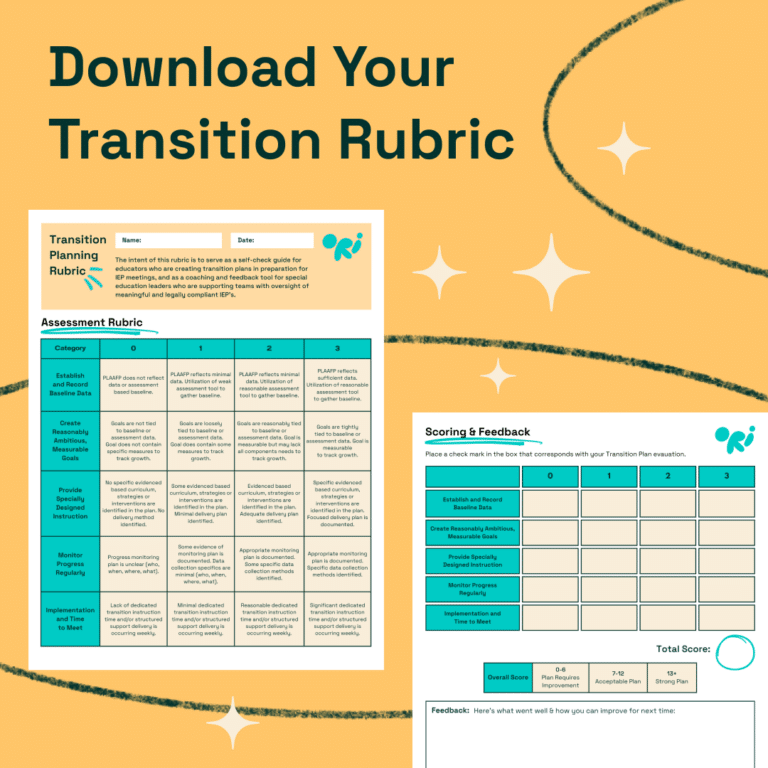


Community safety is essential for students with disabilities to live independently and confidently navigate various public environments. This detailed guide provides a comprehensive approach to creating Individualized Education Program (IEP) goals focused on community safety, offering educators, caregivers, and students numerous practical examples to enhance safety awareness and skills.
Mastering community safety allows students with disabilities to engage more fully in everyday activities outside their immediate familiar settings, fostering independence and social inclusion. IEP goals targeting community safety equip students with critical skills to identify and react to potential hazards effectively.
Disclaimer: The following are sample goals meant to illustrate how community safety IEP goals might be structured. However, it’s important to remember that each student’s IEP goals should be uniquely tailored to their individual circumstances, needs, and strengths.
Our Transition Planning Rubric is designed to support district leaders and educators in guiding their teams towards excellence in transition planning.
It provides comprehensive criteria that cover the breadth of transition planning, from gauging student engagement to evaluating post-secondary goals and services.
Expand your team’s capabilities and improve the success of IEP meetings.

Community safety IEP goals are vital for preparing students with disabilities to navigate public spaces safely and confidently. By systematically developing these goals and providing ample opportunities for practice, educators can significantly enhance students’ independence and participation in community life.

